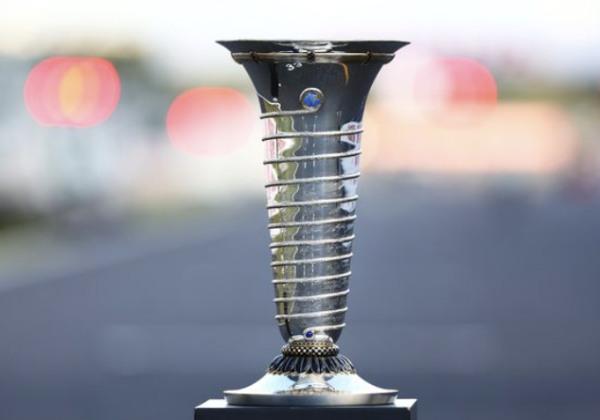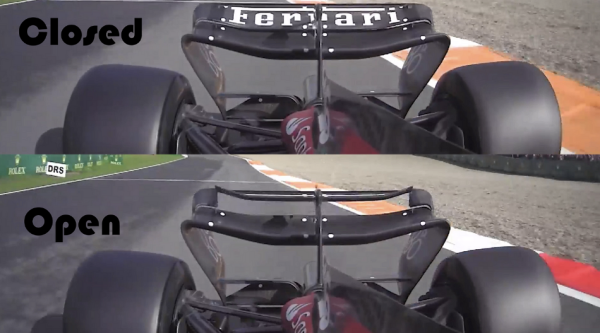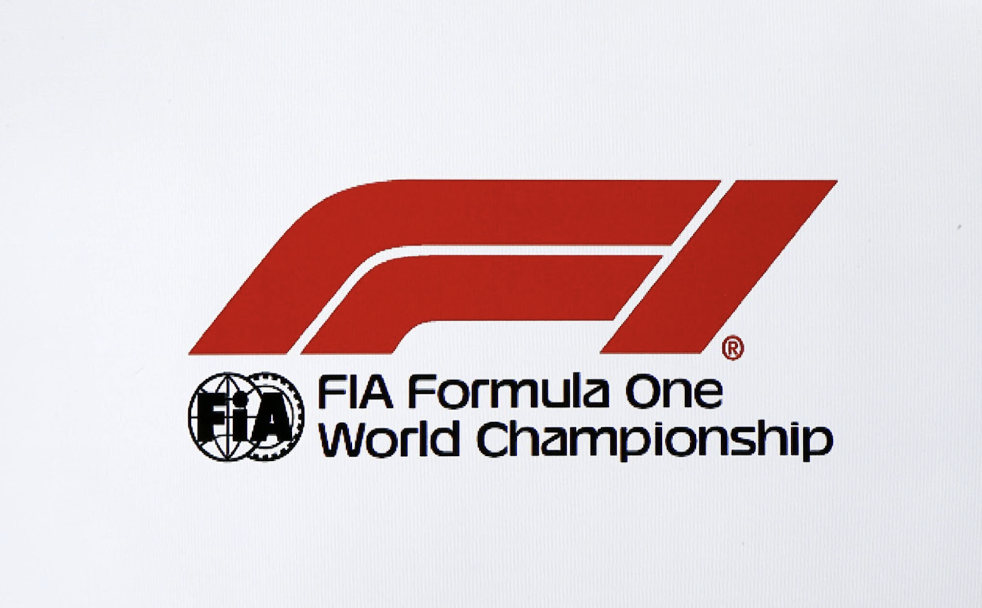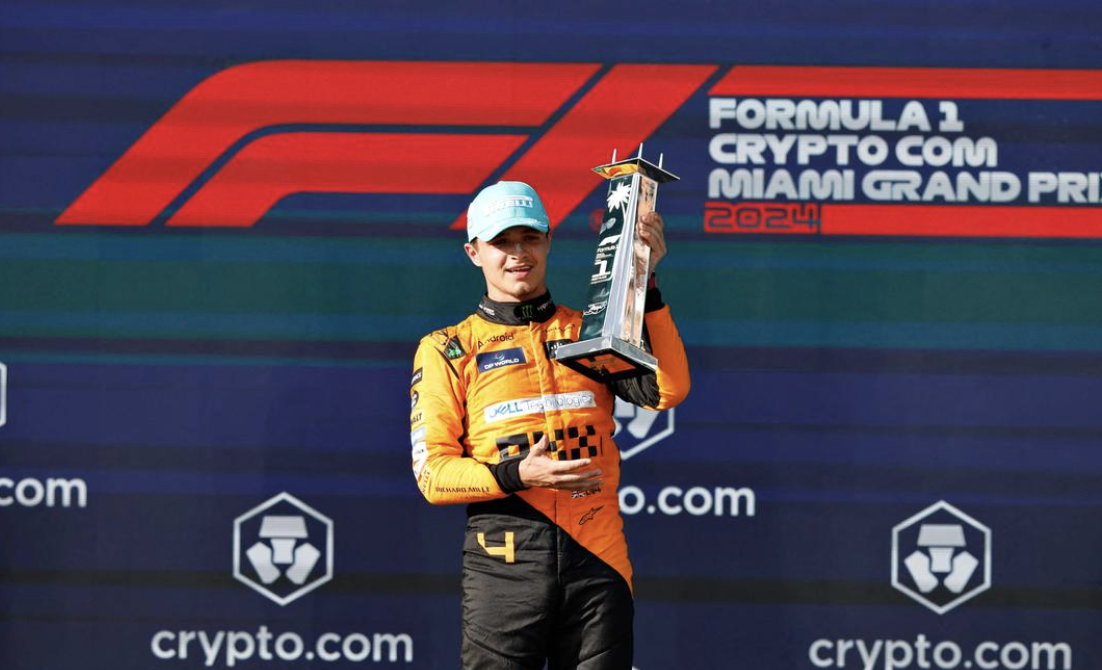In this section of David’s Drift, we will be discussing some of the basics to understand how Formula One races work and some unfamiliar terms that are necessary to comprehend to keep up with the races. Without further ado, welcome to the beginner’s guide to F1.
Meet the Formula One Teams:
Each team is composed of two drivers, and in total, there are ten teams. This means that there are twenty drivers in total to make up the current Formula One grid. The ten teams are Red Bull Racing, Ferrari, McLaren, Mercedes, Aston Martin, Visa RB, Haas F1 Team, Williams, Kick Sauber, and Alpine. Before the season starts, the engineers of each team will need to make the fastest car possible under the restriction of certain rules. Each team is only allowed to spend up to $140 million. Having a better car gives drivers an edge during the race.
How the Racing System Works:

With 24 races across the globe, each race is considered a Grand Prix in which the winner can earn points for both themselves and for the team, which would sum up to their final points to determine the winner for the Drivers’ Championship at the end of the season. Two people hold the most dominant wins: Sir Lewis Hamilton and Michael Schumacher by winning seven championships each. The other trophy that can be won is the Constructors Championship which is won by the team by combining the points of their two drivers. Since only the top ten drivers of each race earn points, each race is filled with excitement and unpredictability.
The races usually take place over three consecutive days: Friday, Saturday, and Sunday. The two Free Practice sessions, FP1 and FP2, take place on Friday for a total of 60 minutes each to ensure the cars are in working order. On Saturday, a third practice session (FP3) is held, after which the fight for the best qualifying positions begins. This is where drivers head into a three-stage qualifying session as five drivers with the slowest laps are eliminated at a time. In total, only ten drivers fight to gain pole, letting them have a first-place start in the final race. Sunday, the final day, brings the race as the drivers fight to earn themselves a place on the podium.
Terminology to Understand:
FiA: Standing for Fédération Internationale de l’Automobile, this is the association that was established on June 20, 1904, to not only make the rules for Formula One racing but for all motor-related sports.
P1, P2, P3: Whenever an announcer says P#, it is to establish a driver’s current placement, as in Max Verstappen always being in P1.
 DRS: The Drag Reduction System is the back of the F1 cars that opens up a flap to allow the cars to gain a small spurt of speed by allowing air to pass through the back. However, these are only opened in certain areas and are only used to pass other cars in a limited time frame: within one second.
DRS: The Drag Reduction System is the back of the F1 cars that opens up a flap to allow the cars to gain a small spurt of speed by allowing air to pass through the back. However, these are only opened in certain areas and are only used to pass other cars in a limited time frame: within one second.
Different types of Flags: There are six main types of flags seen during the race that could signal issues or other communications during the race. The yellow flag represents a car going slightly off track or a minor incident. A red flag means a major issue that causes drivers to restart the race. A blue flag allows the faster cars to lap ahead of the slower cars. A black flag signals a disqualification or penalty warning. The green flag represents that the race is back on and finally the checkered flag ends the whole race.
Is There a Strategy in Formula 1?
Although it might just seem as if twenty drivers are driving in circles for 90 minutes, there is more to this motorsport. The most important aspect is pit stops. The amount of time it takes to change tyres can cost the race and so timing is important. A pit stop is when drivers are brought into an area to change the tyres of the cars depending on the situation. There are hard, soft, medium, intermediate, and wet tyres. Hard tyres last the longest but don’t give as much grip as soft tyres, leading the drivers to go more slowly. Soft tyres last a shorter amount of time but give more speed. Super soft tyres give even more grip thus more speed. Medium is in between these two. Wet tyres are mainly used when the track is wet and helps prevent the cars from slipping off the tracks. Another tyre that is used frequently is the intermediate tyres that are used when tracks are slightly wet. The decisions to change tyres are made through team radios, facilitating communication between the engineers and the driver.
Although Formula One can seem complicated, it is quite simple. Whether cheering for a certain team or a single driver, it is amazing to see each driver push their machines to the brink. Sharing these moments with friends and family only adds to the fun of watching Formula One.








